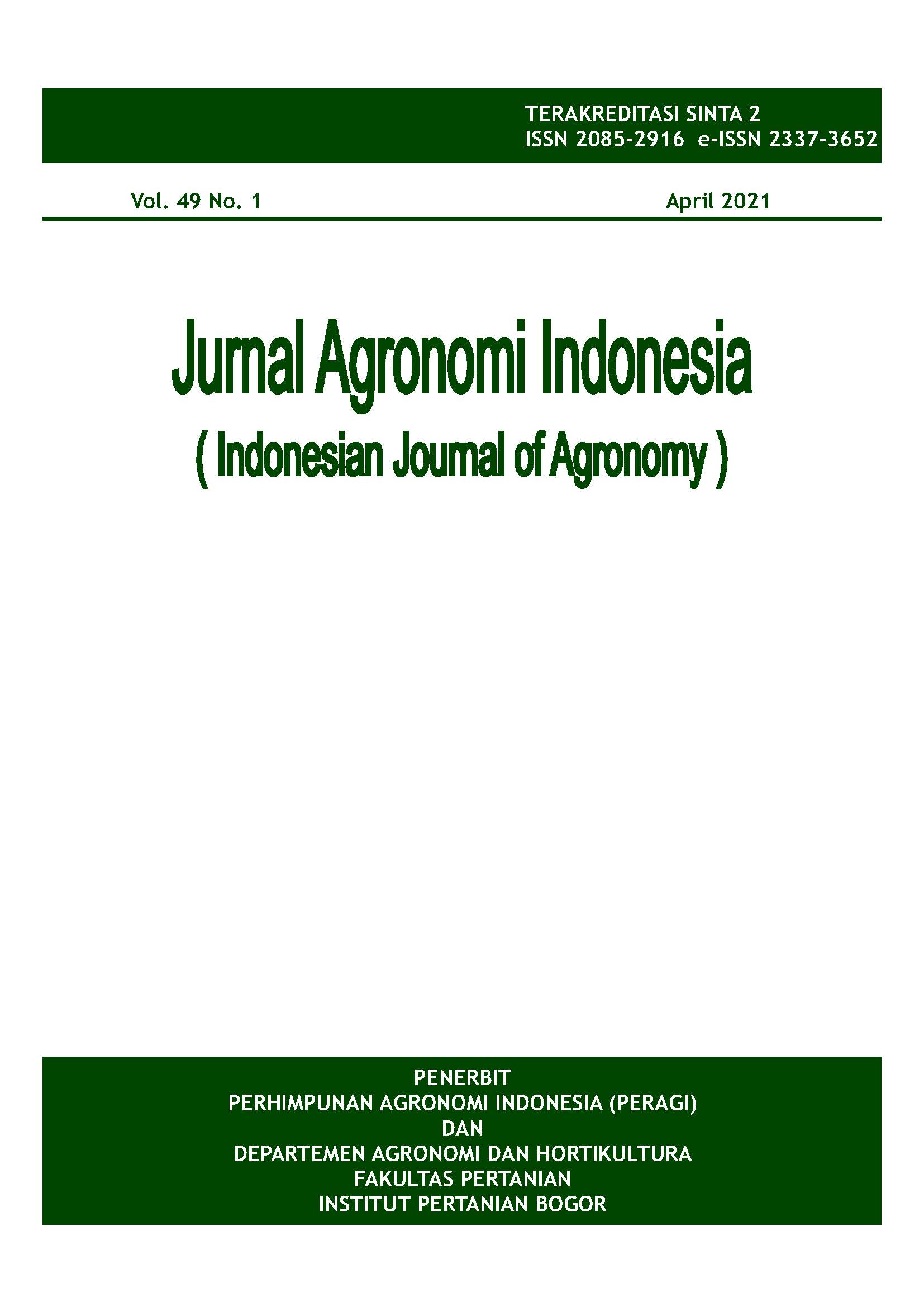Fenologi Pembungaan dan Penyerbukan Cereus jamacaru D.C. (Cactaceae) Koleksi Kebun Raya Bogor
Abstract
Cactaceae is a native American (North. Central, and South) plant in tropical and temperate, ecologically very important in dry and arid ecosystems. Cereus jamacaru D.C. (Pleated cereus) is considered important because of its potential as an ornamental flower, food, and medicine. The flowering and fruiting phenology of this plant is still not widely known. This study aimed to determine the phenology stages of flowering and fruiting of C. jamacaru, and also to determine the pollinators that play a role in the pollination process. This research was conducted in Bogor Botanical Gardens in March-May 2015. The number of samples observed was seven flower buds (inflorescence). The observations were included the phenology of flower blooming (stage 1) and anthesis (stage 2). The variables observed in stage 1 were the length and diameter of the flower and fruit buds, also the bud tube diameter. The variables observed in stage 2 were the length of the florets, the diameter of perianthium, and the diameter of stamens. The results showed that in stage 1, the length of flower buds was 98.35 mm, diameter of flower buds was 42.95 mm, length of fruit was 47.79 mm, diameter of fruit was 20.83 mm and diameter of flower buds tube was 17.96 mm. In stage 2 after anthesis, the diameter of stamens was 40.26 mm, diameter of perianthium was 80.11 mm, and length of the florets was 176.77 mm. The pollinators are Trigona, Apis indica and ants.
Keywords: cactus, Cereus jamacaru, reproductive biology, pollination, flowering













